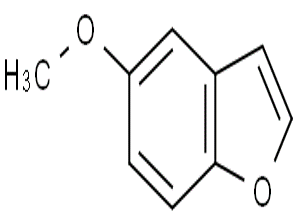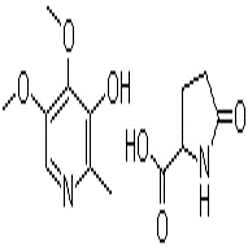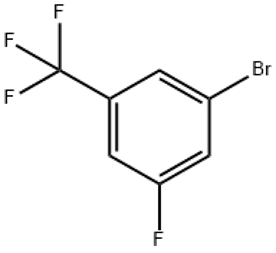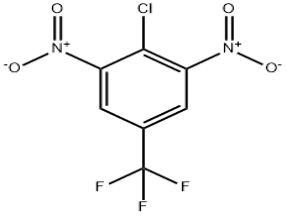5-Methoxybenzofuran (CAS# 13391-28-1)
Risk and Safety
| Hazard Symbols | Xi – Irritant |
| Risk Codes | 36/37/38 – Irritating to eyes, respiratory system and skin. |
| Safety Description | S26 – In case of contact with eyes, rinse immediately with plenty of water and seek medical advice. S36/37/39 – Wear suitable protective clothing, gloves and eye/face protection. |
| Hazard Class | IRRITANT |
Introduction
5-Methoxybenzofuran is a colorless liquid with an aromatic taste. It is soluble in alcohol, ether and organic solvent at room temperature, insoluble in water. It is a stable compound that is not easily affected by light and air.
Use:
5-methoxybenzofuran has a variety of applications in the chemical industry. It is used as an important reagent and intermediate in organic synthesis, and can be used to synthesize chemicals such as drugs, dyes, fragrances and coatings. It can also be used as a solvent in the production of cosmetics and perfumes.
Preparation Method:
5-methoxybenzofuran can be prepared by methylation of p-cresol (cresol is an isomer of p-cresol). Specifically, cresol can be reacted with methanol, and a corresponding acidic catalyst is added to cause a methylation reaction. The resulting product is purified and purified to give 5-methoxybenzofuran.
Safety Information:
When handling 5-methoxybenzofuran, the following safety precautions should be taken:
1. 5-Methoxybenzofuran is a flammable liquid. Contact with fire sources and static electricity accumulation should be avoided to prevent fire or explosion.
2. use should wear appropriate protective equipment, such as safety glasses, gloves and lab coat, avoid contact with skin and eyes.
3. in the operation should pay attention to avoid inhalation of its vapor, if accidentally inhaled, should immediately move to the fresh air, and seek medical assistance.
4. Waste treatment should comply with relevant laws and regulations to avoid environmental pollution.
Please note that the above information is for reference only. Please read the safety data sheets and operating instructions of relevant chemicals carefully before specific use or experiment, and follow the correct operating procedures.







